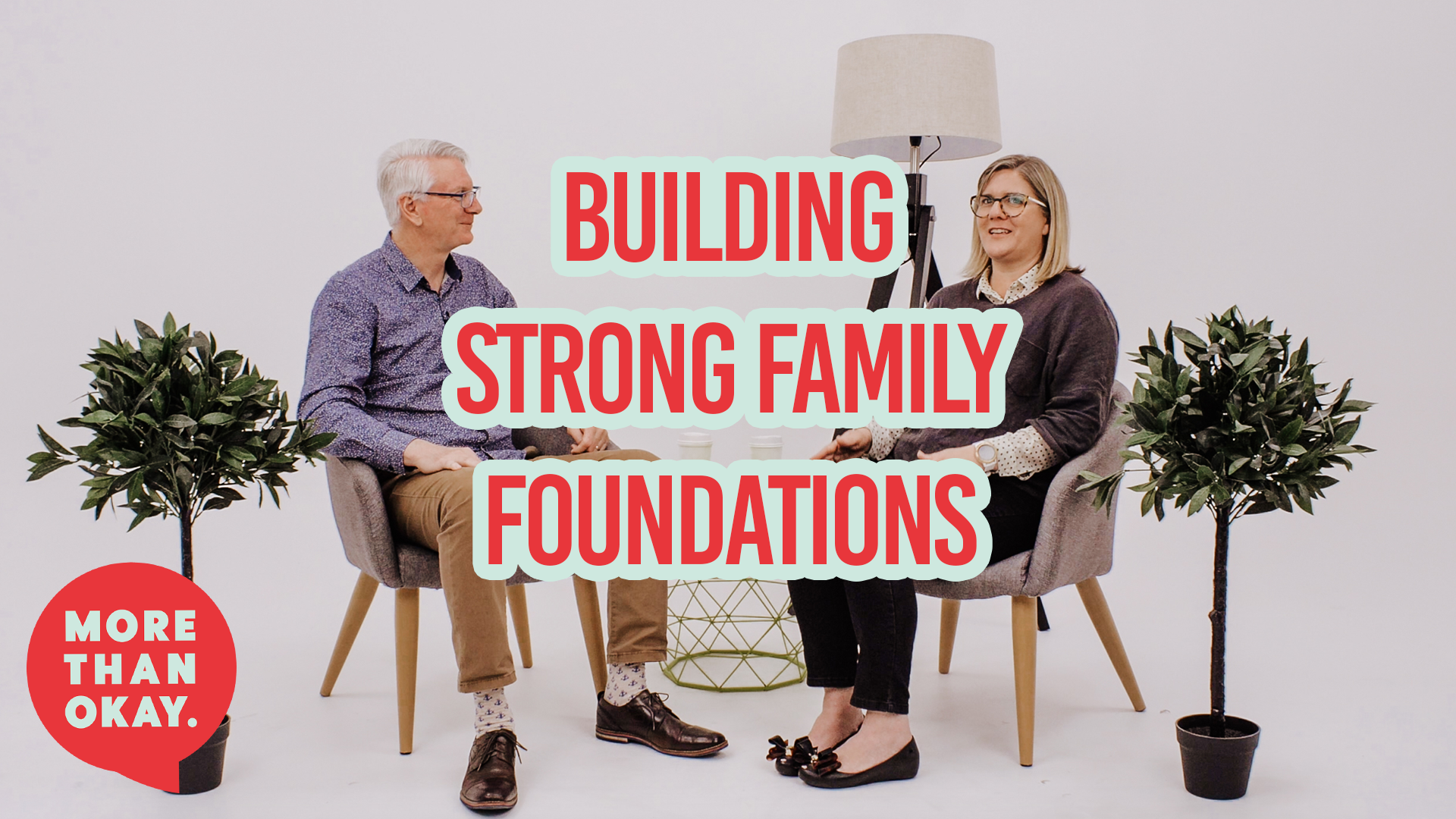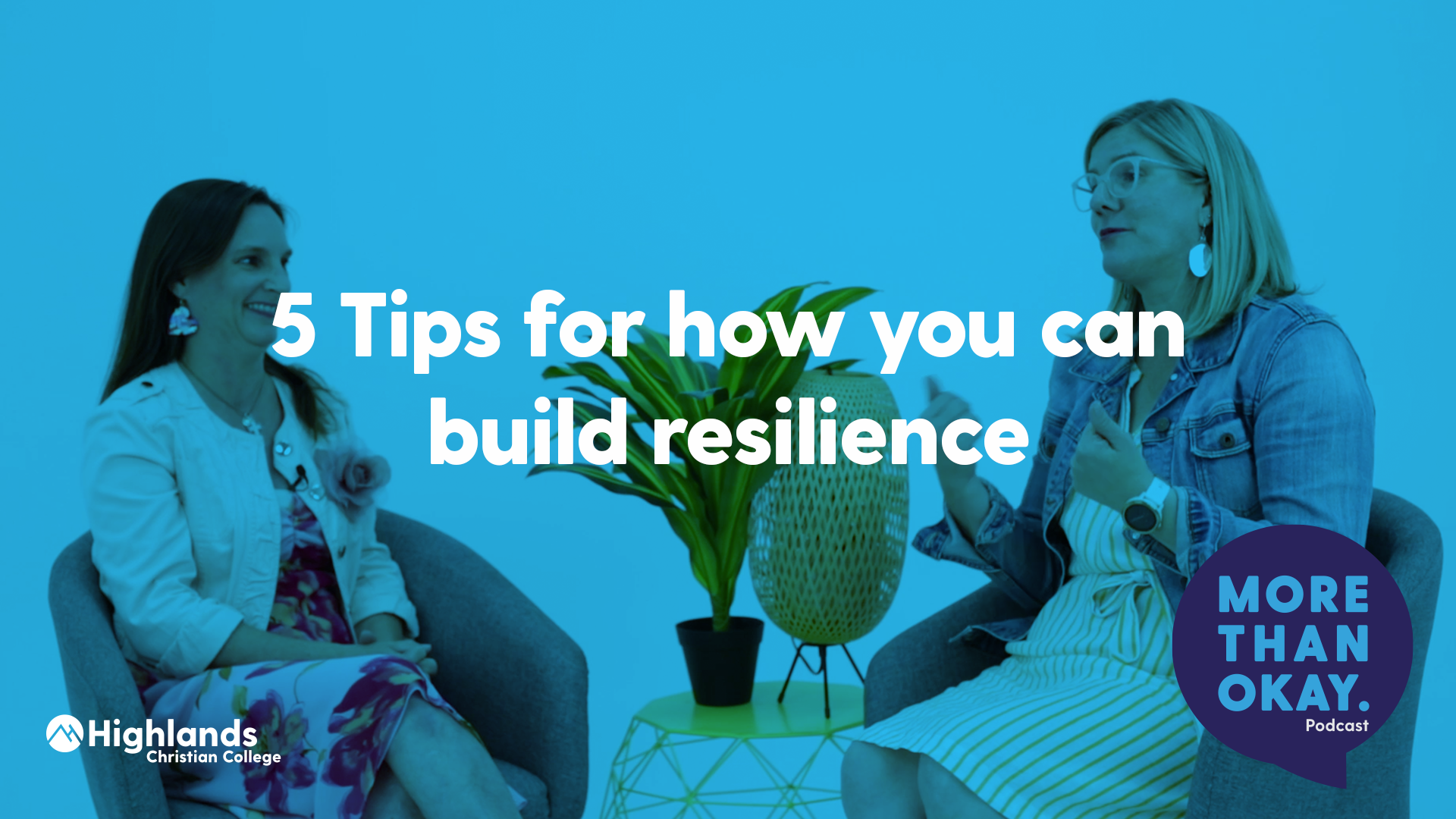
by Belinda Bray
Director of Wellbeing
So… during this time of Lockdown during COVID-19, some of us have had a nice time being at home with our kids, not having many things to do. Lots of time to read. No real reason to get out of pyjamas… it was good wasn’t it?
But, for some families, this time has been quite an anxious time. People have worried about losing their jobs or getting sick or their loved ones getting sick. How were your anxiety levels during this pandemic?
So, let’s break the topic of Anxiety up into three parts:
- What is anxiety?
- What does anxiety look like?
- What families can do to help in dealing with someone who might have anxiety?
What is anxiety?
Anxiety is the most common mental health condition in Australia. On average, one in four people will experience anxiety at some stage in their life. In a 12-month period, over two million Australians experience anxiety. (Beyond Blue)
But what is it? Anxiety is the body’s natural response to stress. There are some things we SHOULD feel anxious about: first day of school or a new job, walking home alone at night, the sound of wolves howling. An anxious response to these things protects us and helps get our body ready to run if needed. However, there are times for a lot of people, when these feelings of stress just don’t go away, and they feel these flight responses to situations that are not dangerous – such as school work, home life and the future etc.
I want to quickly talk about the brain:
There are three parts of the brain that are involved when you have a stress response…
- Your brain stem – this is your ‘animal brain’ or ‘survival brain’. If you were to see bear or a snake, this part of your brain kicks into gear and gets you out of danger as quick as possible.
- Your limbic system, which includes your hypothalamus, hippocampus and amygdala, also known as your ‘emotional brain’. This part of your brain works with emotions, memory and stimulation. The part of the brain is part of the fear network and sends signals to the frontal lobe with information as an emotion.
- Your frontal lobe – also known as your ‘neo cortex’ or ‘thinking brain’ or ‘smart brain’. If you were to see a bear or a snake, your survival brain kicks in and your thinking moves down into your brain stem. Only when your brain feels you are safe, does your neocortex kick in again and you can think rationally about events that have happened.
Some of the common signs of anxiety are:
- Changes to social interaction
- Panic Attacks
- Loss of sleep
- Mood changes
Several things play a role in causing the overactive “fight or flight” that happens with anxiety disorders. They include:
Genetics. A child who has a family member with an anxiety disorder is more likely to have one too. Kids may inherit genes that make them prone to anxiety.
Brain chemistry. Genes help direct the way brain chemicals (called neurotransmitters) work. If specific brain chemicals are in short supply, or not working well, it can cause anxiety.
Life situations. Things that happen in a child’s life can be stressful and difficult to cope with. Loss, serious illness, death of a loved one, violence, or abuse can lead some kids to become anxious.
Learned behaviors. Growing up in a family where others are fearful or anxious also can “teach” a child to be afraid too.
What are some ways we could help children who are struggling with anxiety?
Could be things like:
- Being anxious spins you into worrying about the past or the future, so it is good to ground students in the here and now:
- Deep breathing
- Get outside
- Get students to practice gratitude
Tips:
Coming out of COVID-19, it is predicted that we will see a surge in Mental Illness cases, one of those being Anxiety. What are some ways we can arm our families to help them deal with a family member who might be struggling with anxiety?
- Just be there for them and ask if there is any way to support them
- Stay calm and help them to be comfortable
- Validate that what they are feeling is genuine – don’t make them feel silly for feeling anxious or get frustrated with them
Take Out
What are some things I hope you take out of this podcast:
- Anxiety is a normal natural response. It is only a problem when it is ongoing.
- Understanding the brain can help understand anxiety
- Look out for those among us who are isolating
- For mild anxiety there are some simple wellbeing things you can do to relieve the symptoms





